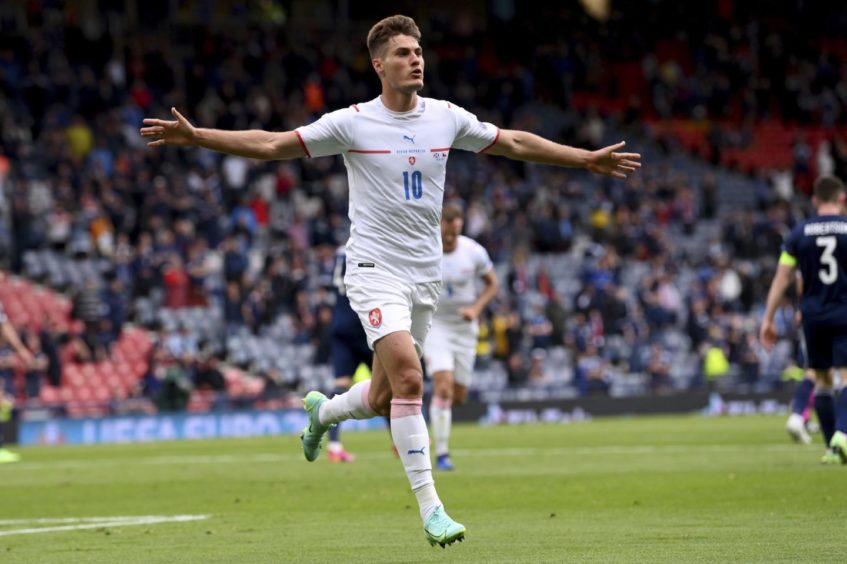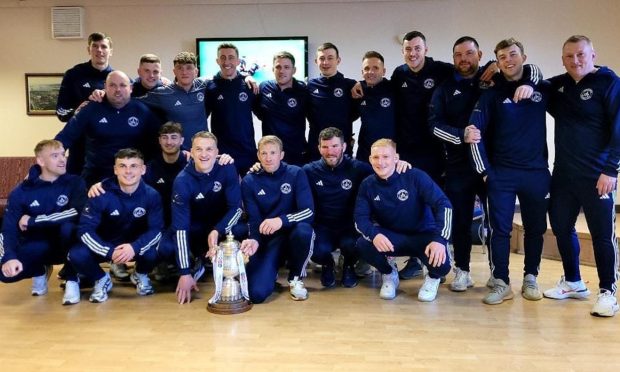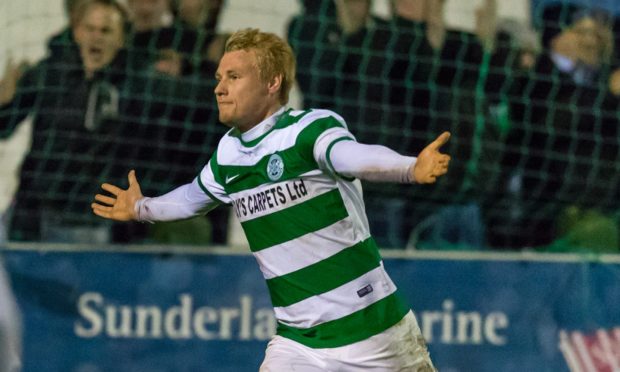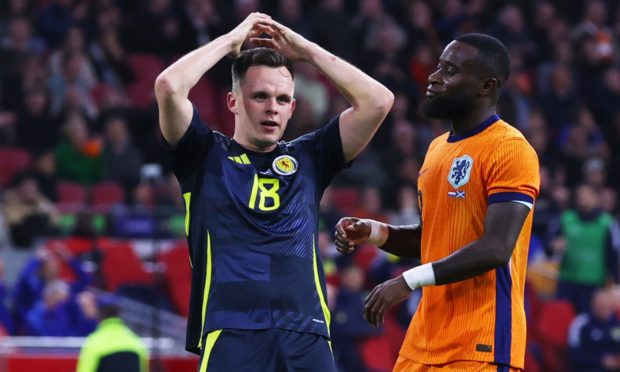All eyes will be on the World Cup play-off draw today as Scotland find out their potential route to Qatar.
Six wins from six, culminating in a superb 2-0 win over Denmark earlier this month, ensures Scotland will be seeded for the draw.
That means a guaranteed home tie in the semi-finals, a sure-fire boost to the national team’s hopes after the raucous atmosphere against the Danes and Israel.
We take a look at what lies in store for Steve Clarke and Scotland in the next few hours.
Who Scotland could face
This part has to be prefaced by saying there will be no easy games, to borrow a boring football parlance, at this level. Teams have qualified for this stage for a reason.
North Macedonia will be the one everyone will point to. They are the least established of the six available opponents, but they have lost just one of their seven qualifiers after the Euros – at home to Germany – and have proved hard to beat.
Scotland may actually prefer facing Austria again, given they took four points off them in the group stage and would be a familiar opponent. They did win their last two games in November, but with the backing of a full Hampden Park, Steve Clarke’s side would fancy their chances.
Ukraine are a strange one. They finished second behind France in their group, unbeaten in eight games, despite remarkably only winning two of them. They are from prolific, but do have recent experience of Hampden success, having beaten Sweden in the round of 16 in Glasgow at Euro 2020.
Czech Republic were Scotland’s foes at the Euros, winning 2-0 at Hampden, but were held at bay by Wales in qualifying to finish third. Patrik Schick had been in prolific form for Bayer Leverkusen prior to his recent injury and Tomas Soucek is part of a flourishing West Ham side, so the Czechs would be formidable opponents.
But there is the added narrative of Scotland avenging their tournament defeat.
The two to avoid for me would be Turkey and Poland. After a disastrous Euros, Turkey have largely been steady in their qualifiers, bar a 6-1 thrashing by Netherlands. There is plenty of individual talent within the squad, with Hakan Calhanoglu reborn after his summer switch across Milan to Inter. They also have a new head coach in German Stefan Kuntz, who replaced legend Senol Gunes after the Euros.
Poland have Robert Lewandowski. You might have heard of him. He delivered eight goals in qualifying, taking his tally to 74 for the national team. But Poland also possess Arek Milik, Piotr Zielinski, Karol Linetty and Wojciech Szczesny – all of whom are playing in top European leagues.
They have a smattering of English Premier League players, too – Jakub Moder, Mateusz Klich, Jan Bednarek and recent conscript Matty Cash – and also infamously prevented Scotland qualifying for Euro 2016 with a late Lewandowski leveller at Hampden.
Scotland’s head-to-head records
v North Macedonia: W2, D1, L1
v Austria: W7, D7, L8
v Ukraine: W1, L1
v Czech Republic: W4, D1, L5
v Turkey: L1
v Poland: W2, D5, L3
Who could lie in store in the final?
Aside from any of the five other unseeded teams getting through to the final, Scotland could face one of the fellow top seeds should they get through to the final.
Italy at Hampden would get all of the 2007 think-pieces coming out of the woodwork, given their controversial win 14 years ago which prevented Scotland from qualifying for the Euros.
The European champions dropped into the play-offs after a draw with Switzerland late in their qualifying campaign.
Portugal also find themselves in the play-offs. They beat Scotland 3-1 in a friendly in October 2018 and may well have a few players facing their international swansong should they fail to qualify for Qatar.
Russia beat Scotland home and away in qualifying for the Euros, winning 2-1 in Glasgow and earning a comprehensive 4-0 victory in Moscow. They exited the Euros at the group stage, too, following a 4-1 loss to Denmark in Copenhagen on match-day three.
Sweden had a solid-if-unspectacular qualifying campaign, winning five of their eight games and finishing four points behind group-winners Spain. They did beat the Spanish in September, but have also tasted defeat against Greece and Georgia, while Zlatan Ibrahimovic will also be suspended for their first play-off game.
Wales have been unbeaten since exiting the Euros in the round of 16 and, under Robert Page, seem to go from strength-to-strength. They finished ahead of the Czechs and Finland in qualifying and held Belgium in their final game to ensure they would be seeded for the play-offs.
When is the draw?
The draw takes place at 4pm on Friday in Zurich, where Scotland will find out their semi-final opponents as well as their two potential final opponents.
There will also be a draw to determine which semi-final winners would be at home in the final.












